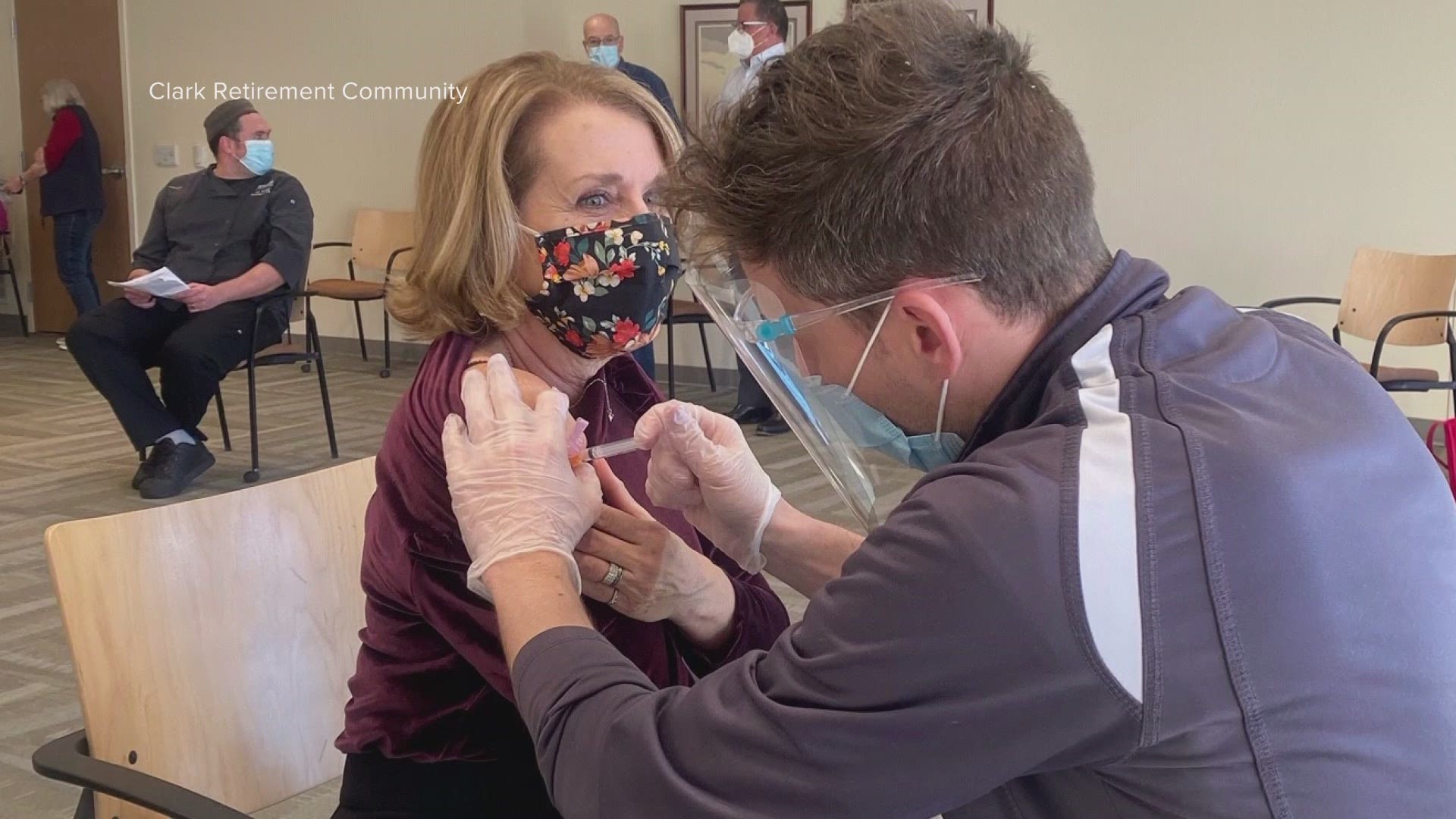GRAND RAPIDS, Mich. - Leaving a loved one for a stay at the hospital can be tough. Are they getting the attention and the care they really need if a family member or a friend isn't there with them to call the nurse? But through advances in virtual health, West Michigan based AvaSure is working to bring assistance to patients and peace of mind to their families.
Since the pandemic began, advances in telehealth and virtual care continue to grow. Senior Vice President of Operations at Spectrum Health Chad Tuttle says advances will accelerate.
"The way that we interact with our patients virtually, and give patients the ability to talk with their providers and receive care virtually wherever they are safe, that will continue and that will accelerate in 2021," says Tuttle.
Technology company AvaSure says they are proud to support healthcare providers -- especially nurses. They've created a video monitoring technology designed to protect both patients and staff members.
"What we provide is a different version of telehealth in that it's an inpatient comprehensive teleheath platform," says Chief Clinical Innovation Officer at AvaSure Lisbeth Votruba. "Patients who are in the hospital are confused for one reason or another. They might have Alzheimer's or stroke and that leads them to be at risk for falling. Hospitals simply don't have the staff to have one-to-one staff for patients that need that level of monitoring."
The Telesitter device is placed inside the hospital room with patients to monitor them. The device does not record and video or sound and functions in real time for 24 hours a day. The devices can interact in a two-way audio conversation with the patient, some models can interact face-to-face but virtually. On the other side of the virtual interaction, a staff person can monitor up to 16 patients at one time.
The devices are currently working in 800 hospitals in 48 states. Amid the ongoing pademic, AvaSure has offered additional free client licenses so that hospitals can use the devices and add more monitoring screens so that more clinical staff members can interact with their patients.
"The patient room of the future is going to change," says Votruba. "Audio and video interactions in the patient room of the future really integrated and hi-tech is the expectation. And we are going to be a part of that."
Another device gaining in popularity is TytoCare. And with this device, Spectrum Health is making virtual house calls.
"The device itself is really giving the tool to the patient, to be able to do these clinical exams at home and connect with their providers," says Spectrum Health's Dr. Joel Lopez. "It's not so much that the care is going virtual -- the care is still with your provider here at Spectrum, but its really taking the stethoscope that I have around my neck now and using the virtual platforms to do that at home."
The TytoCare device is used along with a rea-time telehealth session using a smart phone, but it can also be used to track data on your own, that you can then share with your provider.
"Let's say a kid has tubes in their ears, and you want to see after that procedure how the ear is doing," explains Dr. Lopez. A couple of different days you are obtaining that data at home, and rather than coming in and having the provider take a quick peak in a one time visit, you can obtain the data at home and send that to your doctor as well."
►Make it easy to keep up to date with more stories like this. Download the 13 ON YOUR SIDE app now.
Have a news tip? Email news@13onyourside.com, visit our Facebook page or Twitter. Subscribe to our YouTube channel.


